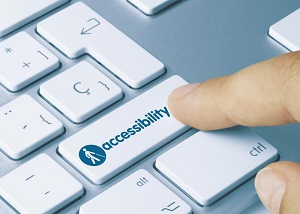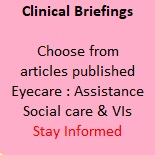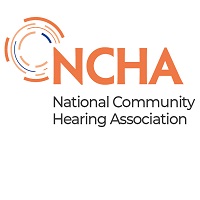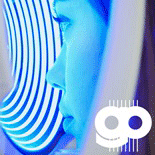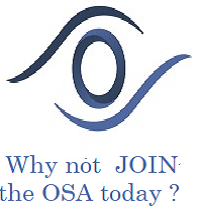Keeping abreast of assistive technologies for those with Sight Loss.
In a piece written by Visualise Training who are providing the Beyond Seeing Seminars around the UK for Opticians they highlight some simple facts and tips for Optical Practice Teams led by Optometrists and their staff to show patients with needs what is now available in assistive technologies.
We will repeat this and other helpful articles in our clinical briefing section so that the information is archived for continued reference.
Assistive Technology
As an optometrist or optician, your responsibilities to your patients begin and end with preventing or ameliorating loss of vision, don’t they?
Actually, I don’t believe they do. For a large number of people in the UK, sight loss will become a fact of life. Don’t you, as an eye care professional, also have a responsibility to this group of patients? Shouldn’t you be able to advise them on other ways of ‘seeing’ that can help them to maintain independent, fulfilled lives connected to their communities? It’s not all about optical magnification there is so much more now in the 21st century.
The developing role of assistive technologies
The recent growth in assistive technologies for people with visual impairments has been exponential. Technological advances have presented visually impaired people with formerly unimagined opportunities to retain their independence.
The very pace of this change has inevitably created its own issues, and it remains a constant challenge to keep abreast of new developments, but it is a challenge that surely all eye care professionals have a responsibility to rise to if they are to provide their patients with the very best care.
In this article I have chosen to highlight just a few of the assistive technology advances that have allowed visually impaired people to make huge strides towards independent living.
Digital accessibility tools
The digital age revolutionised pretty much everything for everyone, including people with low vision and, nowadays, digital tools are increasingly being designed with visual impairment in mind. These tools not only offer bespoke magnification and text presentation options on every kind of screen, from iPhone, tablet to laptop and desktop, but also include ‘read text out loud’ functions.
If you feel like doing some research of your own, check out Eye-Pal, Henshaws and OpenBook.
Out and about
There have been huge advances in navigational technology over the last decade, and many of these Apps now have blind-aware adaptions for people with restricted vision.
Check out The Seeing Eye GPS App, Soundscape and Nearby Explorer, which both announce locations and junction approaches.
Applying everyday technologies
Technologies used by the wider community can also have hugely positive impacts on the lives of people with restricted vision. Lifestyle gadgets such as Alexa, which provide remote access to technology via voice command, are incredibly useful tools for people with visual disabilities. Digital apps such as Uber also offer enormous mobility benefits for visually impaired people who are no longer able to drive.
The assistive technology frontier
Certain assistive technologies are necessarily designed with the specific needs of visually impaired people in mind. Often, this specificity means that the developing technology remains more expensive for longer, but some of the most exciting advances in assistive technology, such as Orcam, Oxsight and smart-cane technology for example, have already become readily affordable.
Orcam, an assistive technology device specifically designed for use by people with visual impairments, has functions including an ability to read text out aloud and identify in-store products, and it also incorporates exciting facial recognition software.
Smart-cane technology has already successfully overcome many of the impediments associated with traditional probing canes, which are great for identifying curbs and large obstacles but often miss items suspended from above. The smart-cane device, attached to a traditional white cane, works by emitting vibrations when it detects obstacles of any kind in front of the user, at whatever height, alerting him or her to their presence.
What will the future hold?
No doubt, as technological progress continues, exciting new assistive technologies will continue to be developed; this may well end up improving upon, and replacing, many of the cutting-edge aids detailed in this article.
As opticians and optometrists, I passionately believe that you have a responsibility to keep yourself informed of these developments, so that you are able to provide your patients with the most up to date advice on the very best assistive technology available.
Assistive technology changes lives for the better, and you are in the unique and privileged position to be able to drive that change.






